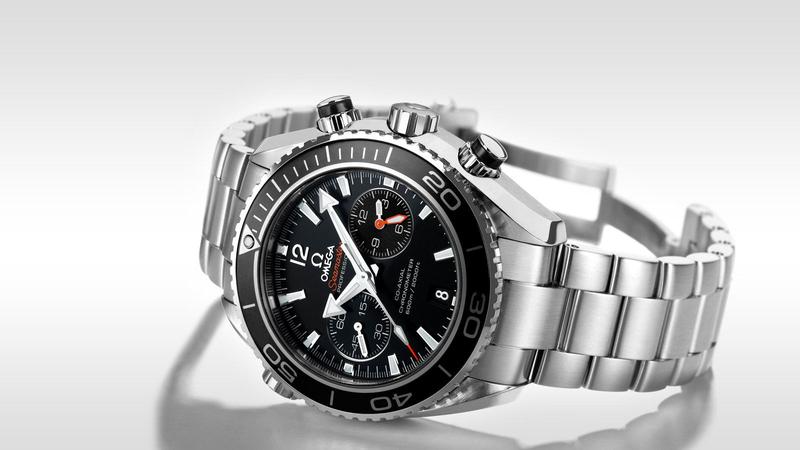The Timeless Connection: media violence, imitation, and desensitization in the World of Watches
Understanding the Influence of media on Consumer Behavior
In today’s fast-paced world, the influence of media on our perceptions and behaviors is undeniable. From the way we dress to the gadgets we choose, media shapes our choices significantly. The phenomenon of media violence, particularly its effects on imitation and desensitization, extends beyond the realm of entertainment and spills into various aspects of our lives, including consumer behavior in luxury items like watches. As we delve into the intricate relationship between media violence and our propensity to imitate, we will explore how these concepts intertwine with the world of horology.
The Impact of media violence on imitation
Imitation is a powerful psychological tool that shapes human behavior. When individuals are exposed to media violence, they often imitate the actions they see, sometimes without conscious awareness. This can be particularly evident in the luxury watch market, where high-profile celebrities and influencers showcase their timepieces. The allure of a particular brand can drive consumers to purchase watches that mirror those worn by their favorite stars, even if the original pieces are unattainable due to their exorbitant prices.

For instance, a celebrity might be seen sporting a limited-edition luxury watch in a blockbuster film. The portrayal of that watch, combined with the character’s persona, creates an aspirational image that many viewers wish to emulate. Consequently, this leads to an increase in demand for similar styles, even if they are not the exact model. This phenomenon can be linked to the concept of imitation, where consumers subconsciously replicate the choices of those they admire, driven by the media’s portrayal of success and status.
Desensitization and Its Effects on Consumer Choices
Desensitization, another critical aspect of media influence, refers to the process by which individuals become less sensitive to the impact of violent or aggressive stimuli over time. This can lead to a normalization of certain behaviors and attitudes. In the context of luxury watches, desensitization may manifest in consumers becoming accustomed to the idea of spending large sums of money on timepieces. As media continually showcases extravagant lifestyles, the threshold for what is considered an acceptable expenditure on watches shifts, leading to increased sales in the luxury market.
Moreover, as consumers become desensitized to the portrayal of wealth and luxury in media, they may find themselves more willing to invest in https://www.ivr.to/product/cheap-fake-hublot-classic-fusion-automatic-green-dial-mens-watch-565-nx-8970-lr watches or other alternatives that mimic high-end brands. The imitative behavior, fueled by desensitization, can create a market for replicas that thrive on the desire to project an image of affluence without the financial burden of purchasing an authentic luxury watch.
The replica Watch Market: A Case Study
The replica hublot tourbillon watch market serves as a fascinating case study in the interplay between media violence, imitation, and desensitization. Many consumers, influenced by media representations of luxury, may seek out replicas as a means of achieving the desired aesthetic without the associated costs. This trend raises questions about authenticity and value in the world of horology. While some argue that replicas undermine the craftsmanship and heritage of luxury watch brands, others see them as a form of expression, allowing individuals to participate in the luxury watch culture without the financial commitment.
Furthermore, the proliferation of social media platforms has accelerated this trend. Users frequently share images of their watch collections, often featuring both authentic and replica hublot shaped pieces. This sharing culture can further desensitize viewers to the distinction between genuine luxury and imitation, leading to a blurring of lines in consumer perception. The desire to fit into a specific social narrative can drive consumers to choose replicas, reinforcing the cycle of imitation and desensitization.

Conclusion: Navigating the Intersection of media and Horology
As we navigate the complex relationship between media violence, imitation, and desensitization, it becomes clear that these concepts significantly impact consumer behavior in the luxury watch market. The desire to emulate the lifestyles portrayed in media can lead to a heightened interest in luxury timepieces, while desensitization can normalize spending behaviors that may have once seemed extravagant.
Ultimately, understanding these psychological processes can help consumers make more informed decisions when it comes to their watch purchases. Whether one chooses to invest in an authentic luxury watch or opts for a replica, the underlying motivations are often influenced by the media landscape. As we continue to explore the connections between media and consumer behavior, it is essential to remain mindful of how these dynamics shape our perceptions of value, status, and authenticity in the world of horology.